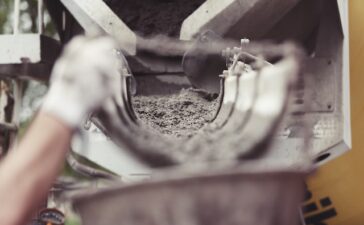The coffee table has established itself as a standard piece of furniture. Most houses all over the world have some kind of low table in their living room that is positioned in front of a sofa or comfortable upholstered chairs. It is now a common convenience for holding books, remote controls, periodicals, décor, and other small goods.
During the Victorian era in the late 18th century, coffee tables first appeared. They were used to set down cups of tea during this time because, at the pinnacle of fashion, tea was the standard beverage.As a result, there was increasing popularity for tea tables. However, as time went on and the high-backed settees that became so common in the late 17th era were restored by low-back sofas, what we today know as coffee tables were used. These were typically taller than today’s low-slung coffee tables. Books, candles, and coffee or tea were placed on these tables, which were created specifically to stand at the back of the sofa. In Britain, the first tables with that name were created. These have wood construction.

Once more, these were typically higher than modern coffee tables. The almost floor-level Japanese tables and the ottoman-style tables prevalent in tea gardens may have influenced the low height. Therefore, coffee tables are a comparatively recent invention. The coffee table evolved as materials were more readily available, mass production increased, and prices decreased. Wooden furniture production gradually became industrialized as an outcome of the Industrial Revolution.
Restoration of hand-crafted furniture, especially the unique style of the craftsman, was a goal of the British Arts and Crafts movement. Coffee tables were created at that time, but examples are rare. Many styles appeared during the Art Nouveau era, which developed from the Arts and Crafts Movement. The Victorians’ love of extravagant ornamentation was not prevalent in the coffee tables of this era; instead, natural forms and clean, basic lines were emphasized. A variety of sources of inspiration were blended in Art Deco; painters of the time were influenced by both primitivism and contemporary technology, like aeroplanes and locomotives. The movement’s adherents favoured geometric curves and shapes as well as straighter, more appropriate for the industrial period, lines. Formica laminate, which was invented at the time, is used in coffee tables from this era. They typically have an easy, streamlined design. The German-born Bauhaus movement valued simplicity in design. They frequently used steel and glass in their creations. These movements had an impact on contemporary fashion, which was diversifying more and more. Additional materials were used, including mixes of wood and glass, chrome plating, and acrylic.

The wide variety of coffee table styles that exist now is a reflection of its largely lengthy and diverse past. Today, you can buy straightforward, circular coffee tables that reflect the current minimalist look, but you can also buy a vast collection of different forms that reflect history. You can find imitation Victorian design, streamlined Bauhaus decor, and even vintage 1960s kitsch. There are tables with glass tops and Lego legs that have a futuristic design. There are tables constructed from old bathtubs and doors. The possibilities for designs are virtually endless.





